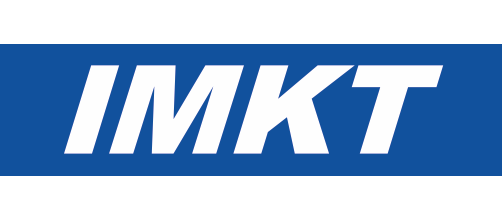Numerical investigations regarding a novel process chain for the production of a hybrid bearing bushing
- verfasst von
- Bernd Arno Behrens, Hans Jürgen Maier, Gerhard Poll, Peter Wriggers, Fadi Aldakheel, Christian Klose, Florian Nürnberger, Florian Pape, Christoph Böhm, Anna Chugreeva, Timm Coors, Deniz Duran, Susanne E. Thürer, Sebastian Herbst, Jae Il Hwang, Tim Matthias, Norman Heimes, Johanna Uhe
- Abstract
This contribution deals with the numerical investigations to develop a novel process chain for hybrid solid components using Tailored Forming. For manufacturing a hybrid bearing bushing, co-extrusion is the first step to produce hybrid semi-finished workpieces followed by a die forging process, machining processes and hardening. Combining aluminium with steel, compounds with wear-resistant functional surfaces and reduced weight are realised. Numerical simulations are a decisive part of the process chain design, for example to determine suitable process parameters for the co-extrusion process and to predict the thickness of intermetallic phases in the joining zone using a macroscopic phenomenological model. A numerical design including a tool analysis of the die forging process was carried out taking the experimentally determined material properties and the temperature profile after inductive heating into account. Additionally, the damage and fatigue behaviour of the polycrystalline material of the joining zone are modelled at the microstructure level. Moreover, a new discretization scheme, namely the virtual element method, which is more efficient at grain level, is developed regarding a crystal plasticity framework. Numerical simulations are used to develop inductive heating strategies for the forming process and for the design of the inductive hardening of the functional surface at the end of the process chain. In order to investigate the performance of this hybrid machine element under application-oriented conditions, a contact simulation is linked with a statistical damage model to calculate the bearing fatigue. In this study, a general overview of the individual process steps is given and results of the respective models are presented.
- Organisationseinheit(en)
-
Institut für Umformtechnik und Umformmaschinen
Institut für Werkstoffkunde
Institut für Maschinenkonstruktion und Tribologie
Institut für Kontinuumsmechanik
- Typ
- Artikel
- Journal
- Production Engineering
- Band
- 14
- Seiten
- 569-581
- Anzahl der Seiten
- 13
- ISSN
- 0944-6524
- Publikationsdatum
- 12.2020
- Publikationsstatus
- Veröffentlicht
- Peer-reviewed
- Ja
- ASJC Scopus Sachgebiete
- Maschinenbau, Wirtschaftsingenieurwesen und Fertigungstechnik
- Elektronische Version(en)
-
https://doi.org/10.1007/s11740-020-00992-7 (Zugang:
Offen)


